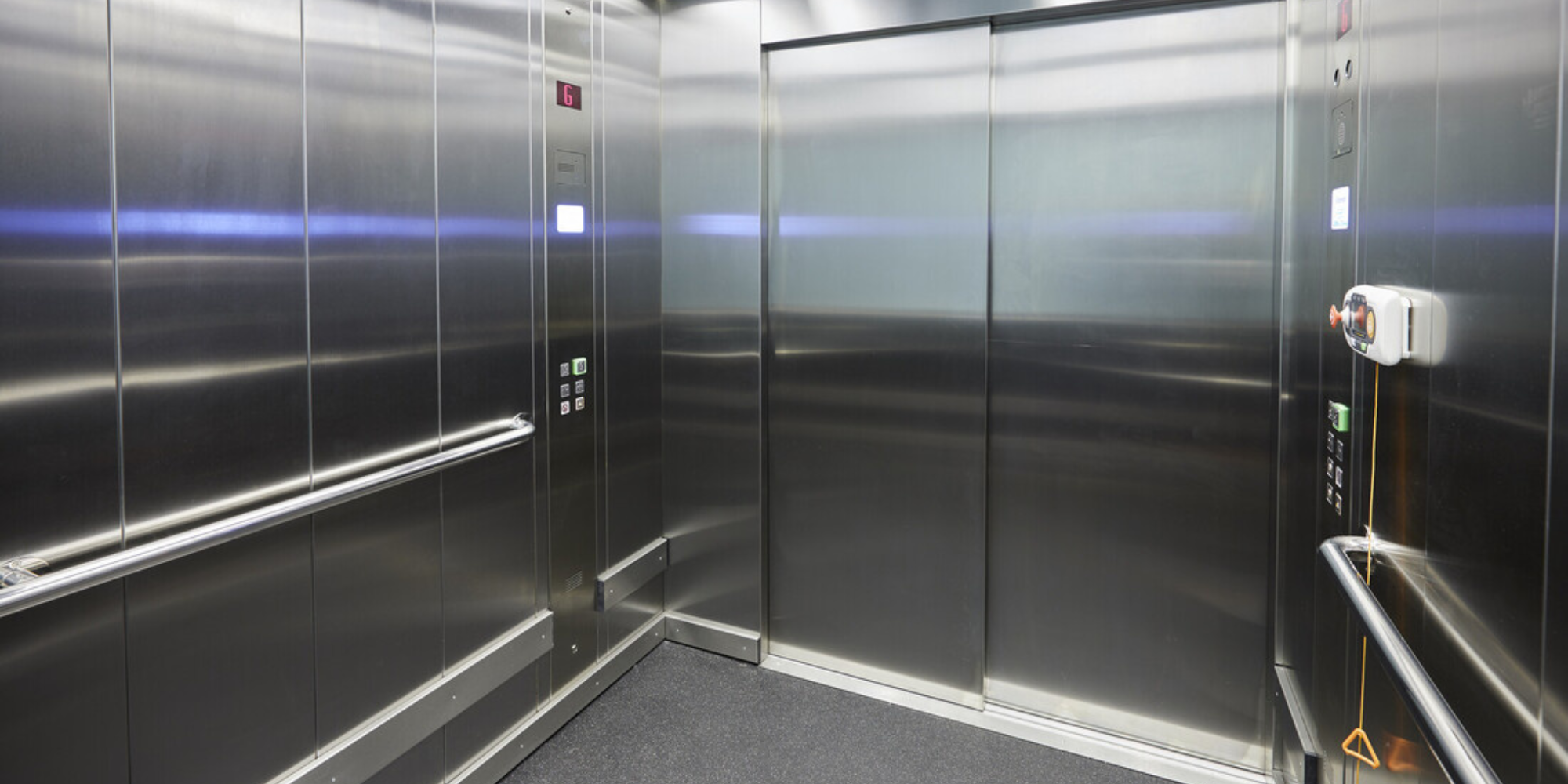London Lift Company: Offering Comprehensive Lift Solutions Across the Capital
London Lift Company: Offering Comprehensive Lift Solutions Across the Capital
Blog Article
Digging Into the World of Lifts: Typical Problems Faced by Numerous Lift Systems
As we navigate through the upright transport systems of modern structures, elevators attract attention as an indispensable part of our day-to-days live. However, behind their smooth operation exists a world of detailed systems that can sometimes run into challenges. From hydraulic lifts to traction systems and machine-room-less layouts, each lift type features its set of usual issues. Recognizing these difficulties is crucial for making sure the smooth functioning of these essential systems. Allow's check out the intricacies that underlie the operation of lifts and the potential problems that can emerge, clarifying the detailed web of lift systems.
Hydraulic Lifts
Hydraulic lifts, frequently liked for low-rise structures, utilize fluid pressure to manage the activity of the lift vehicle (lift repair companies). This system entails a hydraulic pump pushing oil into a cylinder, triggering the lift to relocate the desired direction. While hydraulic elevators are understood for their quiet and smooth operation, they do come with their own collection of typical concerns
One prevalent problem with hydraulic elevators is oil leakage. The seals in the hydraulic system can use out with time, leading to oil infiltration. This not just creates a mess yet can likewise impact the lift's efficiency if left unaddressed. Furthermore, problems with the control system, such as damaged shutoffs or a malfunctioning pump, can create disturbances in the lift's motion.
Routine maintenance and prompt repairs are necessary to guarantee the smooth functioning of hydraulic lifts. By resolving these usual problems proactively, building proprietors can decrease downtime and make sure the security and efficiency of their vertical transport system.
Traction Elevators
When taking into consideration upright transportation systems in buildings, an additional typical type apart from hydraulic lifts is the traction lift. Grip elevators run utilizing a system of ropes and counterweights that relocate the elevator car by clutching onto the hoist ropes. This system allows for smoother and much faster vertical transportation contrasted to hydraulic systems.
One of the typical problems faced by grip elevators is rope wear. The consistent motion of the ropes within the traction system can cause tear and wear gradually, potentially creating the elevator to breakdown or become harmful for usage. Regular assessments and maintenance of the ropes are vital to guarantee the lift's appropriate performance and safety.
An additional issue that grip lifts may run into is associated with the control system. Troubles with the control system can lead to problems such as erratic motion, hold-ups in response times, and even full shutdowns. Routine screening and maintenance of the control system are vital to prevent such problems and make certain the elevator's dependability.
Machine-Room-Less (MRL) Lifts

One of the vital elements of MRL elevators is the compact gearless grip maker that is set up within the hoistway. This machine successfully drives the elevator vehicle without the need for cumbersome devices found in typical traction lifts. Furthermore, MRL elevators commonly utilize a counterweight system to stabilize the automobile, further improving their energy performance.
Despite their benefits, MRL lifts may deal with challenges connected to upkeep and repair because of the constrained space for devices installment. Ease of access for servicing elements within the shaft can be restricted, requiring specialized training for service technicians. Correct maintenance routines and routine examinations are essential to make sure the ongoing smooth procedure of MRL lifts.
Overloading and Weight Limit Issues
Are elevators furnished to take care of excess weight lots efficiently and safely? Overwhelming and weight limitation concerns are critical issues in elevator operations. Elevator makers style raises with details weight abilities to ensure passenger safety and equipment durability. Surpassing these weight limitations can cause different issues, including mechanical failures, delays, and security risks.
When lifts are strained, it puts excessive strain on the electric motor, wires, and various other elements, potentially creating break downs or malfunctions. If they london lift company discover excess weight, security systems such as sensing units and overload sensors are in area to avoid elevators from moving. In addition, going beyond weight limits can lead to raised energy consumption and damage on the elevator system.
To minimize overwhelming problems, building supervisors should plainly display weight restrictions in elevators and enlighten passengers on the importance of adhering to these restrictions - lift repair companies. Routine maintenance checks by certified specialists can additionally help make certain that elevators are running within safe weight parameters. By attending to overloading and weight limit concerns proactively, structure proprietors can boost elevator security and effectiveness
Electrical System Failures
Surpassing weight limitations in lifts can not just lead to mechanical concerns yet additionally possibly contribute lift repair near me to electrical system failures within the lift facilities. Electrical system failures are a vital worry in lift operation, as they can trigger unforeseen closures, breakdowns, or also safety and security threats.
Regular upkeep and evaluations are important to identify and resolve prospective electrical problems promptly, making certain the risk-free and reliable operation of elevator systems. By sticking to weight restrictions and performing routine electric system checks, building proprietors can mitigate the danger of electric failings in lifts.
Final Thought

Hydraulic elevators, usually liked for low-rise buildings, make use of fluid pressure to regulate the motion of the lift cars and truck.When thinking about upright transportation systems in buildings, one more lift companies in London common kind aside from hydraulic lifts is the traction elevator. Grip elevators run using a system of ropes and weights that move the lift vehicle by clutching onto the hoist ropes. Unlike conventional lifts that require a different machine area to house the equipment, MRL lifts incorporate most of the parts within the shaft, eliminating the requirement for a dedicated maker area.In final thought, lifts face typical concerns such as hydraulic malfunctions, traction system failings, and electrical system issues.
Report this page